Latest News
More Children Dying in Afghanistan War, Says UN, with Death Toll Up 15 Percent
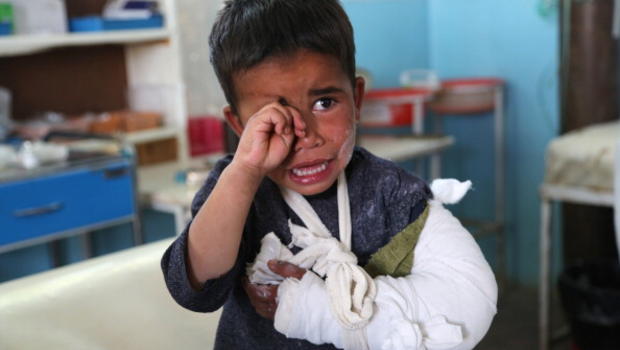
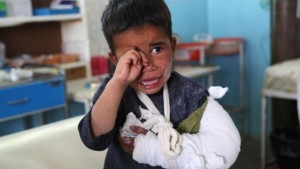 The number of children killed and injured in Afghanistan’s war has increased in the first nine months of the year, 2016, compared to the previous year, said U.N. Assistance mission in a new report released Wednesday.
The number of children killed and injured in Afghanistan’s war has increased in the first nine months of the year, 2016, compared to the previous year, said U.N. Assistance mission in a new report released Wednesday.
UN mission said it has documented 2,461 casualties among children in 2016 — 639 deaths and 1,822 wounded.
The statistic shows a 15 percent increase comparing to the last year, January-September 2015.
The mission voiced concern over the continuing increase in child casualties, which have risen every year since 2013.
Between Jan. 1 and Sept. 30, UNAMA documented 8,397 conflict-related civilian casualties with 2,562 deaths and 5,835 wounded. That represents a 1 percent decrease, compared to the same period in 2015, said the mission.
Suicide bombings and other attacks, including improvised explosive devices are the main reasons of civilian causalities.
“Increased fighting in densely populated areas makes it imperative for parties to take immediate steps to ensure all feasible precautions are being taken to spare civilians from harm,” the report quoted Tadamichi Yamamoto, the U.N. chief’s special representative for Afghanistan.
Casualties caused by pro-government forces rose 42 percent compared to last year, with 623 deaths and 1,274 injured, U.N. investigators reported.
That includes a spike of 72 percent in casualties from air strikes by the Afghan air force and its international allies.
At least 133 people were killed and 159 were injured in air strikes, with two-thirds of those casualties attributed to the Afghan air force, the U.N. said.
The deadliest areas for civilians are in the traditional Taliban heartland in the south, including Uruzgan, the deeply impoverished, mountainous province that claimed most of the 41 Australian Defense Force personnel who perished during Australia’s combat mission in Afghanistan.
The U.N. report also documented numerous conflict-related incidents targeting health-care and educational facilities, as well as those providing humanitarian aid.
In terms of deaths and injuries, 2013 was the worst year of the war for Afghan women and children, with most of the casualties caused by either stepping on or driving over roadside bombs or getting caught in fighting.
But the deadliest year of the war were 2011 and 2016, when 3,133 civilians died as the Taliban launched a fierce pushback with roadside bombs and other attacks against the increased number of international forces who wrested back much of the territory controlled by the insurgents and in 2016 the bloody year for civilians when they marched in a protest for transferring power from central areas of the country.

Latest News
Syria’s President challenges West’s counter-terrorism claims in Afghanistan and Iraq
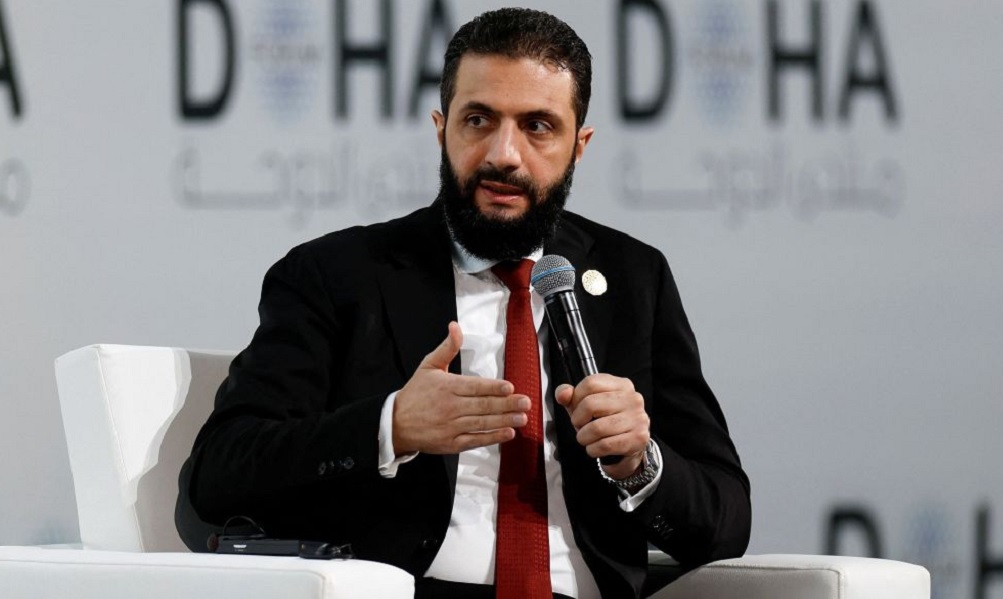
Syrian President Ahmed al-Sharaa has stated that “the majority of those killed in the wars in Afghanistan and Iraq were innocent civilians.”
Speaking to CNN’s Christiane Amanpour on Saturday during the Newsmaker Interview at the Doha Forum, al-Sharaa said: “In every war in the region—whether in Iraq or Afghanistan—we saw that most of the casualties were civilians, yet many of them were labeled as terrorists. The real criminals are those who call others terrorists.”
He also commented on the situation in Syria, asserting that the Assad regime has killed more than one million people over the past 14 years and that nearly 250,000 individuals remain missing. According to al-Sharaa, the prolonged conflict has displaced more than 14 million Syrians.
He added that the difficult experiences of regional wars over the past 25 years have led people to “better understand the true meaning of the word ‘terrorist’ and who truly deserves such a label.”
Western forces fought in Afghanistan for two decades under the banner of counter-terrorism, a period during which tens of thousands of civilians were killed.
Meanwhile, four years after the Islamic Emirate’s return to power, the international community continues to express concern about potential terrorist threats from Afghan territory, while the Islamic Emirate maintains that Afghan soil will not be used to threaten any country.
Latest News
EU warns: Afghan women facing heightened risks need urgent protection
The EU reiterated its commitment to increasing support for Afghan women in dire circumstances, including improved access to protection services, legal aid, and emergency assistance.
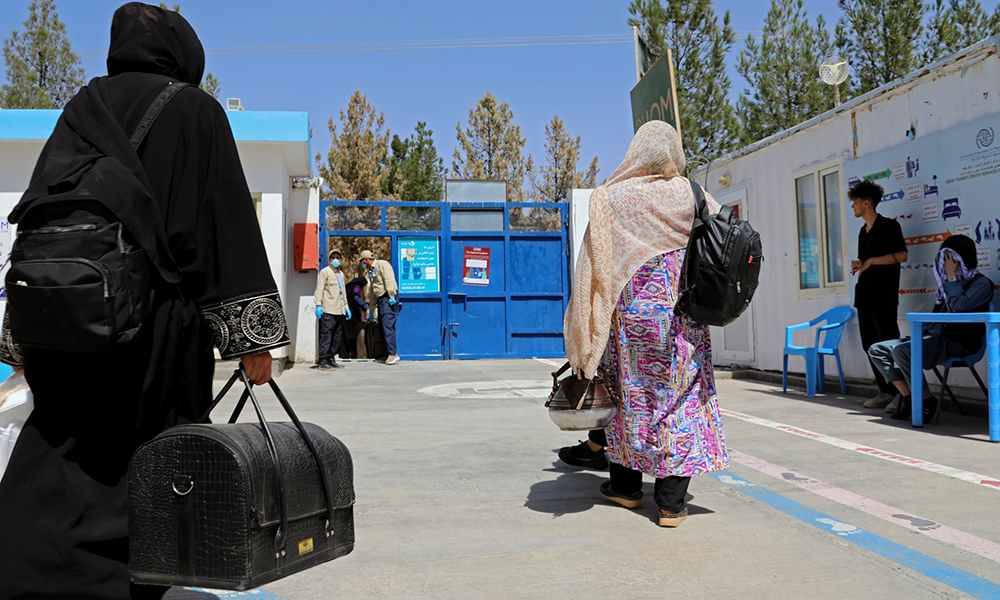
The European Union has issued a renewed alert that Afghan women are becoming increasingly vulnerable amid migration, internal displacement, and ongoing return efforts, calling for swift measures to uphold their rights and dignity.
In a statement released during the 16 Days of Activism Against Gender-Based Violence campaign, the EU emphasized that combating violence against women and ensuring their safety in times of crisis remains a core priority.
The EU mission in Afghanistan noted that women—particularly those living in remote or conflict-affected regions—face elevated threats of exploitation, abuse, and limited access to essential services.
“Ending violence, preserving dignity, and supporting women in times of crisis are central to our efforts. We prioritize the needs of the most vulnerable women in all our humanitarian and protection programs,” the statement said.
The EU reiterated its commitment to increasing support for Afghan women in dire circumstances, including improved access to protection services, legal aid, and emergency assistance.
As humanitarian needs continue to grow nationwide, the EU urged all parties to ensure Afghan women receive timely support and can live free from violence and discrimination.
Latest News
Three months on, Afghan women UN staff still barred from entering offices nationwide
The UN warns that the longer the restrictions persist, the greater the threat to life-saving services across the country.
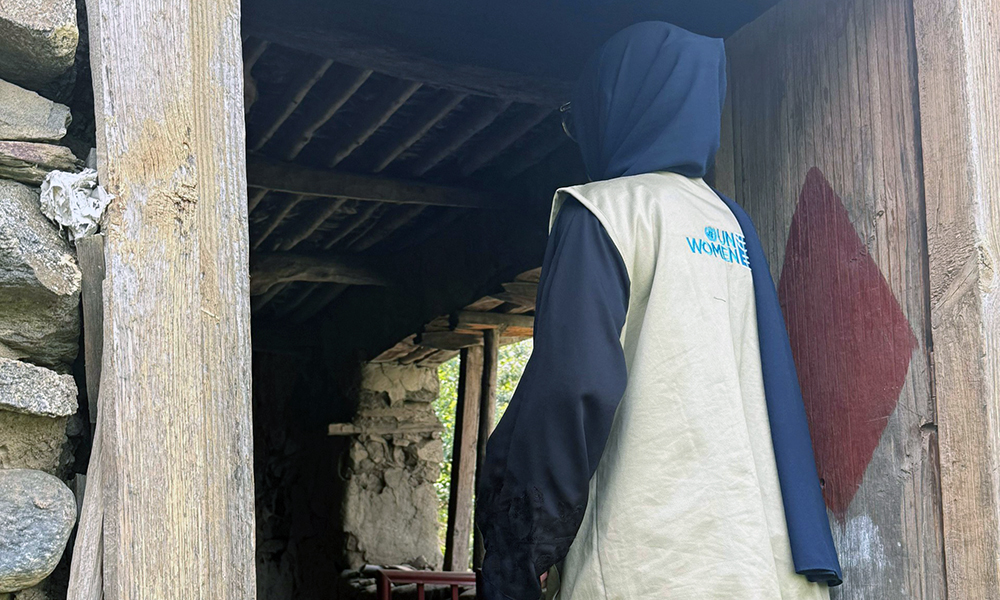
It has now been three months since Afghanistan’s authorities imposed a nationwide ban preventing Afghan women staff and contractors from entering United Nations premises — a restriction the UN says continues to endanger critical humanitarian operations.
Despite being unable to access UN offices for 91 days, Afghan women personnel have continued their work remotely and within communities, delivering essential assistance to millions of people. Their efforts have supported families affected by recent earthquakes in eastern and northern Afghanistan, helped thousands of returnees arriving from Pakistan and Iran, and ensured vulnerable communities continue to receive food, clean water, healthcare, shelter, livelihood support, and climate-resilience assistance.
The UN warns that the longer the restrictions persist, the greater the threat to life-saving services across the country.
“Afghan women are indispensable to the United Nations’ work in Afghanistan,” the statement said, noting that women staff are essential to safely reaching Afghan women and girls and providing culturally appropriate support. “Assistance must be delivered by women, to women.”
The UN reiterated its strong opposition to the ban, calling it a violation of the organisation’s founding principles on equality and human rights, and stressing that it undermines its ability to fulfil its mandate in Afghanistan.
In response to the ongoing restrictions, UN agencies, funds and programmes have implemented additional interim operational adjustments and continue to evaluate feasible ways to sustain their principled humanitarian activities.
The United Nations again urged the Islamic Emirate to reverse the ban and ensure the safe, unrestricted access of Afghan women staff and contractors to UN offices and field locations — a necessary step, it said, to ensure aid reaches the women and girls who need it most.
-

 International Sports5 days ago
International Sports5 days agoStar-studded squads set to ignite DP World ILT20 Season 4
-
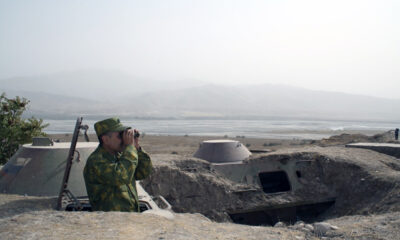
 Latest News4 days ago
Latest News4 days agoSituation along Afghan-Tajik border “not stable,” says Dushanbe
-
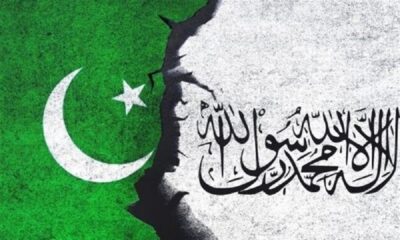
 Latest News4 days ago
Latest News4 days agoNew meeting between Afghanistan and Pakistan held in Saudi Arabia
-

 International Sports4 days ago
International Sports4 days agoILT20: Desert Vipers defeat Dubai Capitals as new season opens
-
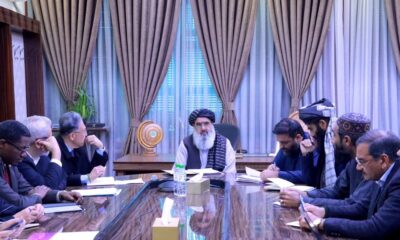
 Health4 days ago
Health4 days agoHealth ministry holds meeting with envoys of international organizations in Kabul
-

 Latest News4 days ago
Latest News4 days ago1.5 million Afghans living with serious disabilities
-

 Tahawol5 days ago
Tahawol5 days agoTahawol: Moves toward peace between Kabul-Islamabad discussed
-

 Business2 days ago
Business2 days agoAriana Afghan Airlines boost air trade with arrival of new cargo aircraft
















